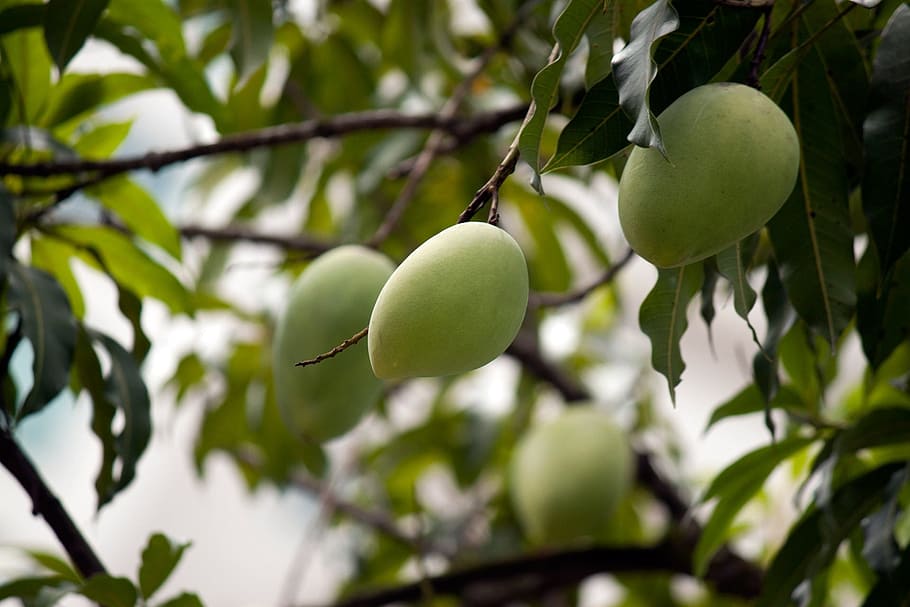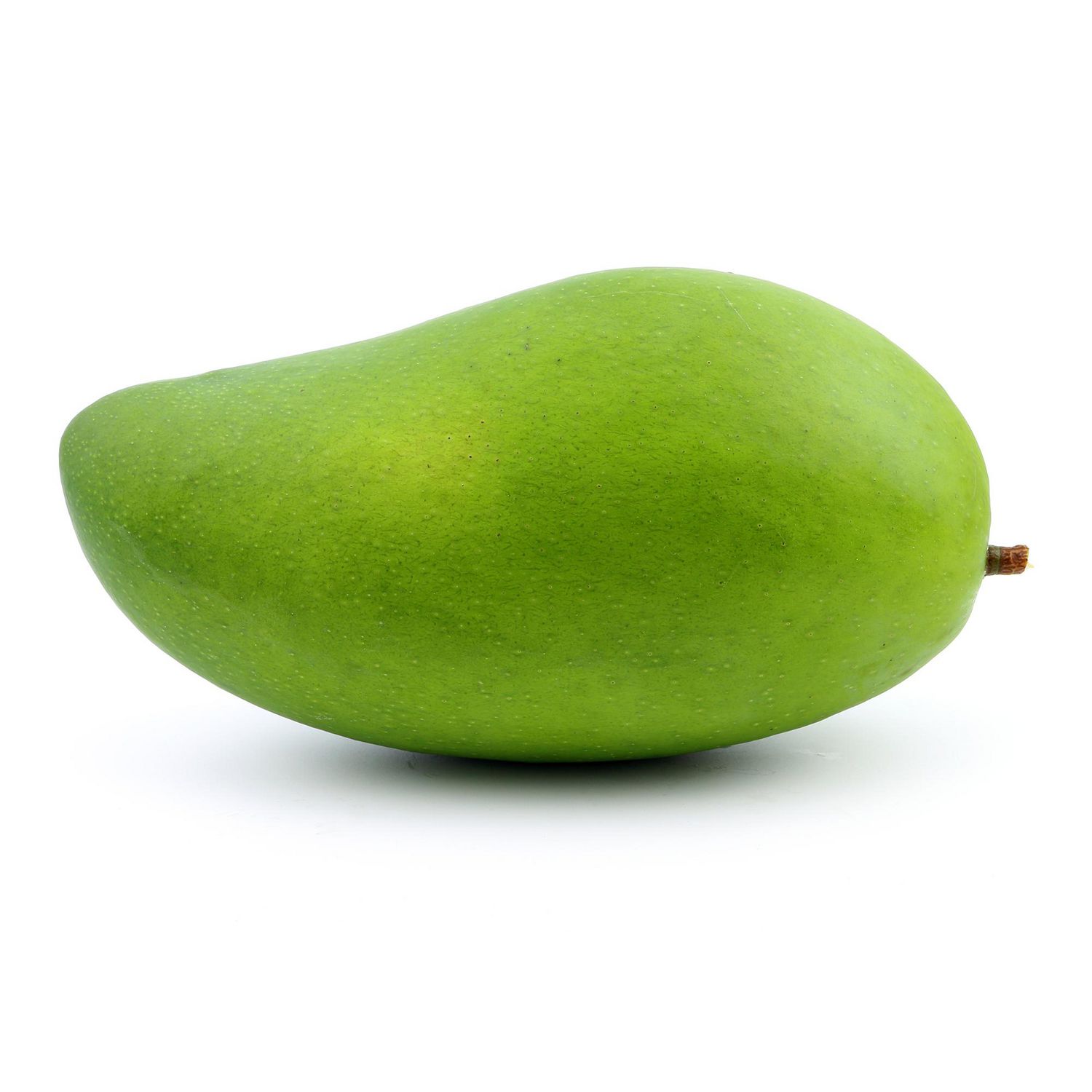
These mangoes are rich in vitamin C and other vitamins and nutrients the human body requires,” he added. When ripe, the sweetness and taste of mangoes increase manifold. This year the first mango has grown on that tree.Īccording to Aminul Islam, deputy director of Gopalganj Horticulture Center, no pest infestation or disease was observed in the plant. Then they performed grafting of the cutting with indigenous varieties to make the mango seedlings suitable for the climate of Bangladesh. The venture began two years ago when Dr Mehedi Masud, head of a project aimed at ensuring nutritional development through year-round fruit production, brought a cutting of the world's sweetest mango variety from Thailand and gave it to Gopalganj Horticulture Centre. In various countries, including Taiwan and Thailand, this mango is sold at Tk500-700 per kg in Bangladeshi currency. Considering the price to be Tk500 per kg, a farmer can earn around Tk5,00,000, excluding expenses, from one bigha of land. Some 105 mango seedlings can be planted in one bigha of land (33 decimals), from where around 1,500 kgs of mangoes can be harvested after 2 to 3 years. The harvest time is an added advantage for the farmers since no local variety is available in the market in October-November. This mango is sweet in its raw state, and ripeness increases its sweetness and taste.
#Green mango trial
Agriculture officials have successfully completed the performance trial at the Ratoil Horticulture Center of Kashiani Upazila of Gopalganj, and they are planning to spread it to the 73 centres across the country to promote commercial production.

Cornell Lab of Ornithology, Ithaca, NY, USA.The grafting of the world's sweetest raw mango cultivar, Green Mango of Taiwan, has made its first breakthrough in Bangladesh. Green Mango ( Anthracothorax viridis), version 1.0. Downloaded from Retrieved August 25, 2021 The eBird/Clements checklist of Birds of the World: v2021.

: Cite journal requires |journal= ( help) The incubation period and time to fledging are not known. It is attached to a vertical branch, usually at least 8 m (26 ft) above the ground. It makes a cup nest of soft plant fiber with lichen on the outside. The green mango's nesting season spans from October to May. It forages from the low understory to above tree-top level. Insects are mostly taken on the wing and spiders from leaves and bark. It takes nectar from a wide variety of flowering trees, shrubs, and vines, and males defend flowering trees. The green mango feeds on both nectar and arthropods. The green mango makes altitudinal movements in response to seasonal changes in the timing of flowering. It primarily inhabits forests and plantations in the central and western mountains and is most common between 800 and 1,200 m (2,600 and 3,900 ft) of elevation. The green mango is found only on Puerto Rico. Immatures have a brownish tinge to the head and back. Adults' upperparts are emerald green, their underparts metallic blue-green, and their tail metallic blue-black with white tips to its feathers. The sexes are alike except that the female has a tiny white spot behind the eye.

The green mango is 11 to 14 cm (4.3 to 5.5 in) long and weighs about 7 g (0.25 oz). The green mango's relationship to the other species of genus Anthracothorax has not been settled. It is endemic to the main island of Puerto Rico. The green mango ( Anthracothorax viridis) is a large species of hummingbird in the subfamily Polytminae.


 0 kommentar(er)
0 kommentar(er)
